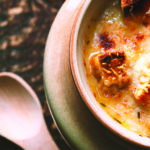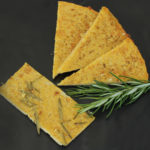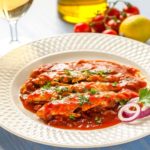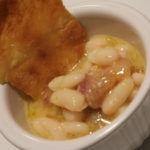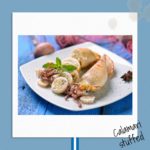A HERETICAL IMPERIAL SOUP
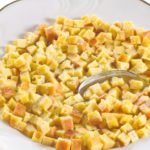
Imperial soup has an Austrian origin, and was introduced to Emilia-Romagna by Marie Louise, Duchess of Parma, the second wife of the Emperor Napoleon I. As usual, this soup which can be traced back to Krinofel, went through a major process of adjustment to adapt to local ingredients. Yet, this recipe is “heretical” in a country where caconic recipes are considered with religious devotion: the traditional preparation includes semolina and butter, as Marcella Hazan shows in her Marcella’s Italian Kitchen, which my mum replaced with ricotta cheese.
This soup is therefore lighter and gluten-free, not a bad option for celiacs, still extremely tasty and comforting. Cooked and served in a sumptuous meat stock, it is a luscious dish, a festive delicacy once offered during the Christmas and Easter festivities, but now quite common at Sunday lunches.
Prep Time: 5 minutes | Cooking Time: 20 minutes | Total Time: 25 minutes | Yield: Makes 8 servings.
Ingredients
- 1 lb (500 g) ricotta cheese
- 3 eggs + 1 yolk
- ½ teaspoon salt
- ⅛ teaspoon freshly grated nutmeg
- 1 cup (110 g) freshly grated Parmigiano Reggiano
- 8 cups (2 L) meat stock
Instructions
Mix all the ingredients (except the meat stock) in a mixer. Preheat the oven at 350 F (180 F)
Pour the ricotta mixture into a baking pan lined with parchment paper and bake for 20 minutes.
Towards the end of cooking, preheat a grill. Remove the ricotta mixture from the oven and finish under the grill until golden.
Remove from the oven and transfer from the baking pan to a cutting board or countertop to cool. When lukewarm, cut into ½-inch squares.
Bring the stock to a boil. Drop in the cubes, cook them for 3 minutes, then turn off the heat and let rest for another 3 minutes before ladling into soup bowls and serving.
Note: You can freeze them when baked and cut. Just pour them into the stock while still frozen.
